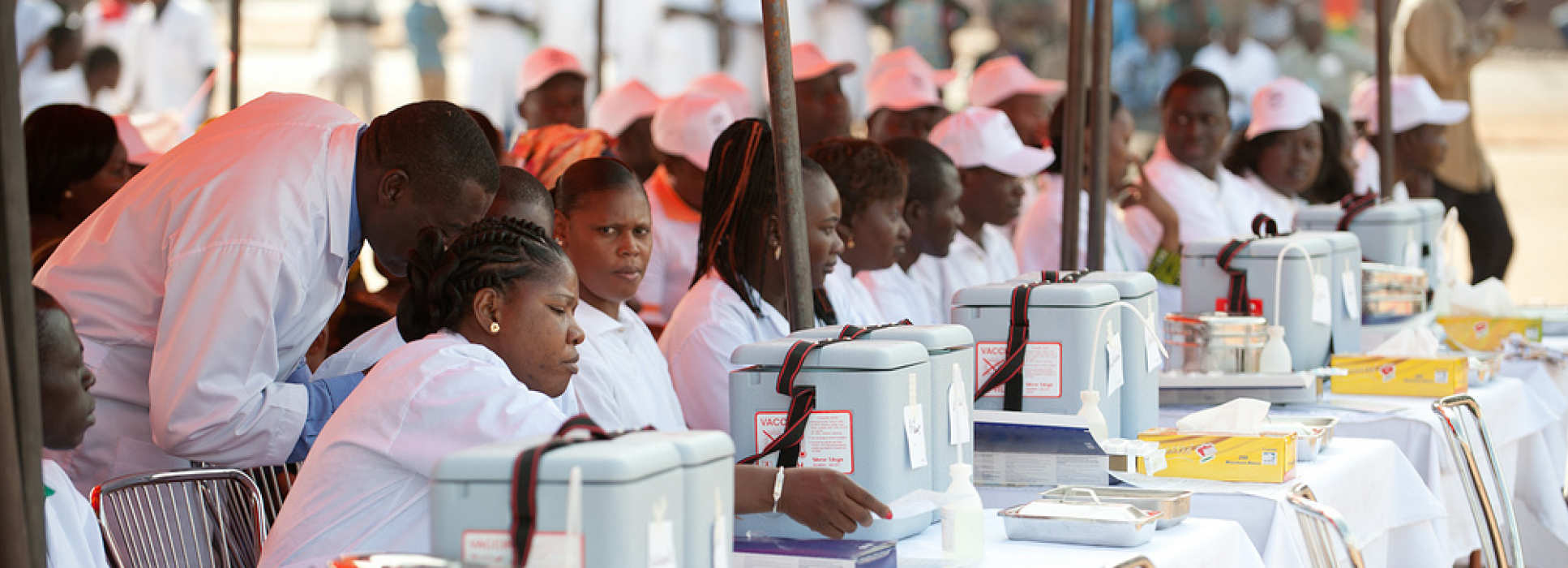Epidemiology and mapping

Encompassing temporally dynamic and spatially explicit mechanistic modelling of malaria transmission and burden. This includes: the development of new spatial mapping techniques; capturing the impact of control measures aimed towards elimination and burden reduction to guide broader strategic global control efforts; better understanding key epidemiological phenomena such as the role of parasite and mosquito biology; pathways to pathogenesis in children and pregnant women; and how best to measure sub-patent infections and the infectious reservoir.


